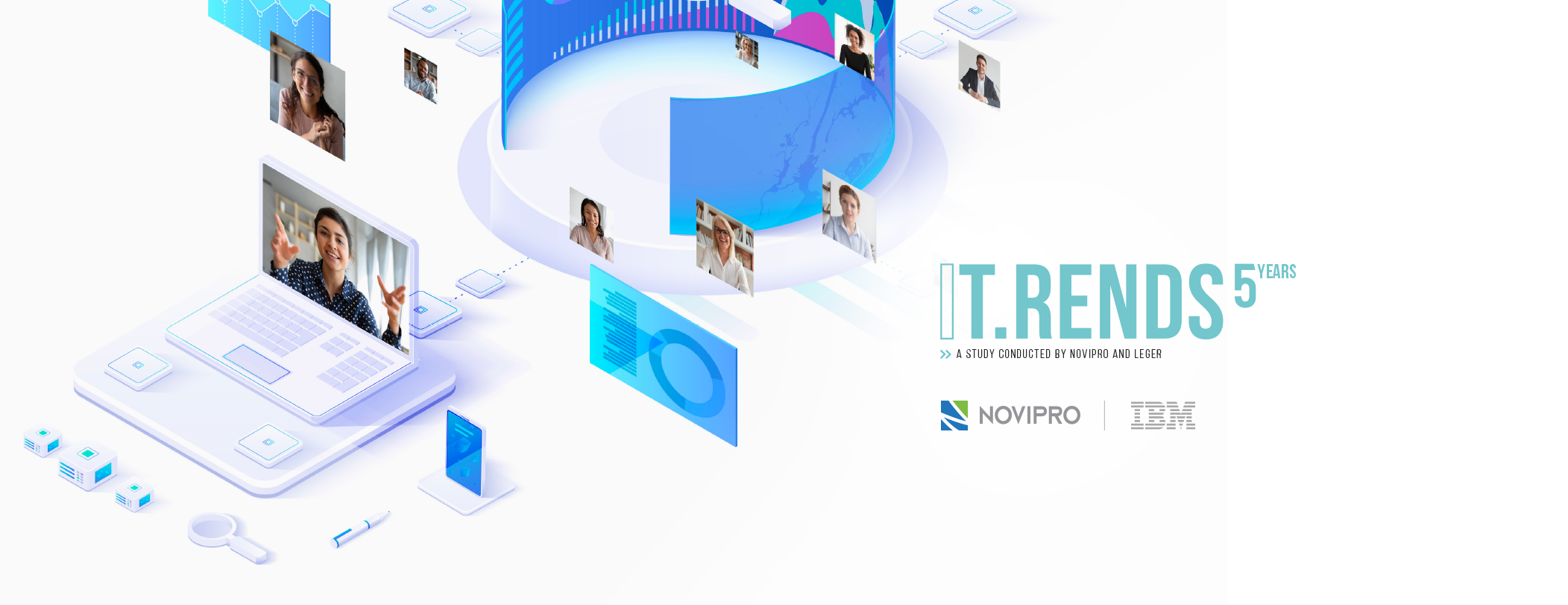
The data in the fifth annual NOVIPRO/Léger IT portrait of Canadian businesses comes from an online survey conducted between September 8 and October 23, 2020, among 484 respondents (331 IT decision makers and 153 decision makers from other sectors).
Learn more
One of the biggest shifts to emerge from the fifth survey is the change in how large and medium-sized companies in Canada perceive IT. Every year since 2016, respondents increasingly said they saw IT as a strategic partner rather than an investment. However, the pandemic has turned things around, with the perception of IT returning to what it was four years ago.

Changes in the state of technological infrastructure paint a similar picture. In 2020, fewer businesses said they were using state-of-the-art infrastructure, a trend that had been gaining traction since 2016. While the proportion of businesses describing their infrastructure as functional had been decreasing since 2016, it went up in 2020 (66%).
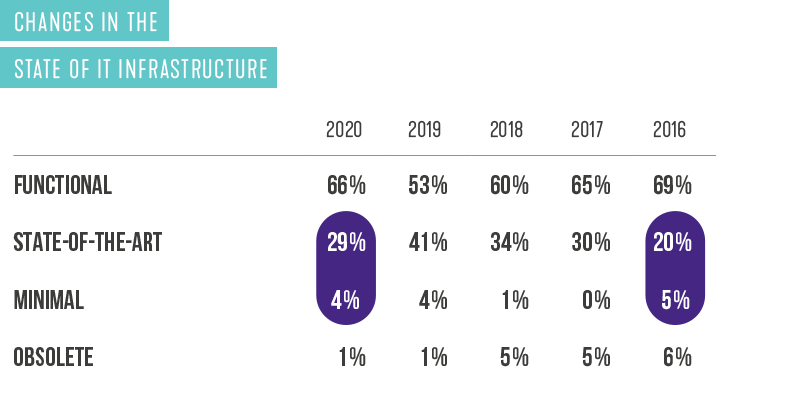
While the data may seem pessimistic at first glance, we can assume that companies are simply placing a higher value on the functionality of their IT, which they depend on more than ever in the pandemic.

There’s good reason to be concerned. In the 2020 survey, 35% of businesses reported that a malicious in-house resource, such as an employee with criminal intentions, was the biggest IT threat. The number was lowest in Quebec (21%) and highest in Ontario (41%). However, dishonest employees are not the only people putting company data at risk: 18% of IT threats were caused by mistakes made in-house by employees acting in good faith.
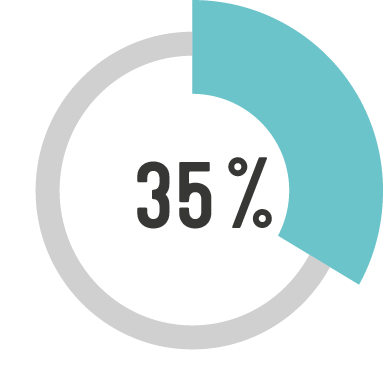

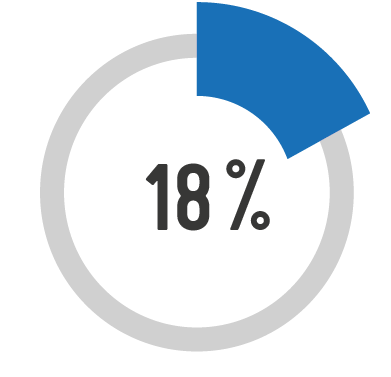
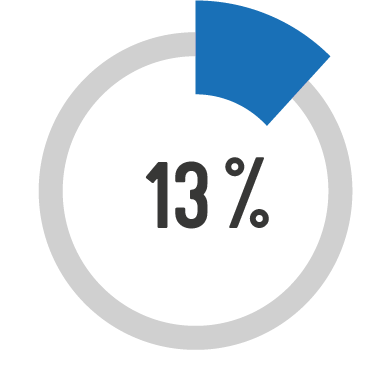
Managers underestimate the value of their company. If you consider the value of equipment, data, and potential losses, the cost of cyber insurance would be much higher than the figures that businesses have come up with. By underestimating their value, there is also the risk that companies will be less likely to invest in security solutions.


In 2020, cloud computing became the top priority for responding to the pandemic. COVID-19 has driven almost half of Canadian businesses (43%) to ramp up the pace of their cloud computing deployment.
While cloud computing was the natural choice for numerous companies in 2020, 47% weren’t ready to take the leap, even though they believe it’s the way of the future. As a result, there were significantly fewer companies (34%) reporting that cloud computing has made them more efficient than ever. This change in perception is due to the many disruptive effects of the pandemic.


In 2020, the pace of AI deployment slowed for the first time since the NOVIPRO/Leger survey started collecting data. Less than a third (29%) of Canadian companies planned to invest in AI in the next two years, compared to 36% in 2019.
Nonetheless, 87% of companies already on the AI train are reaping the benefits.
Discover them


Similar to recent years, almost nine out of ten companies were planning major technology investments over the next two years. Clear trends have been emerging since 2016, but in 2020, Canadian companies wanted to diversify their spending rather than concentrate on artificial intelligence and cybersecurity.



Proof that security is at the top of companies' agendas is the fact that it is the main reason for implementing a data governance process (44%). This percentage has increased from 32% last year. Organizations are also doing it for legal reasons, such as compliance, traceability and tax (19%), or to support business line access to self-service information (11%).
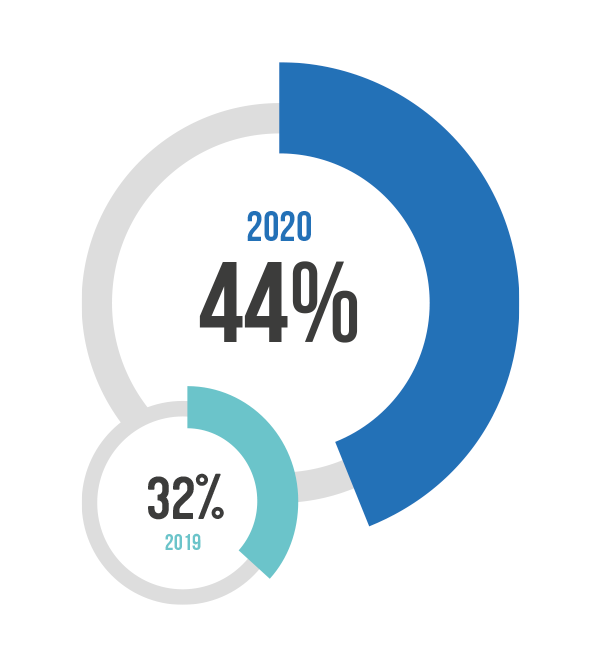

Lack of training and skills development (49%) tops the list of human resources issues. Closely following is the difficulty in attracting and retaining key resources (48%). These two concerns have been at the top of respondents' priorities since the beginning of the NOVIPRO/Léger study.
